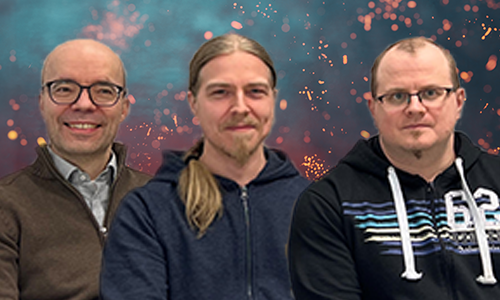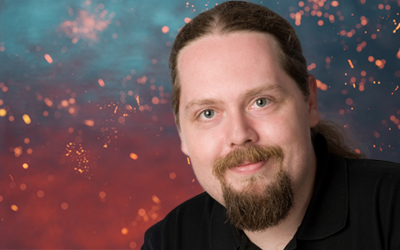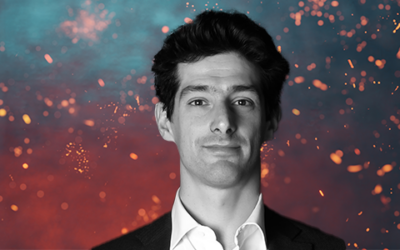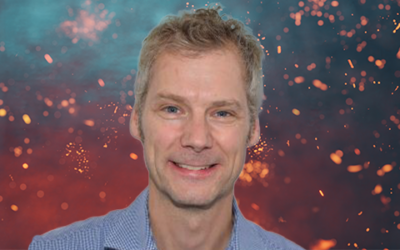Meet the partner:
Henri Pauna of University of Oulu

Can you shortly introduce yourself and your role in the HyInHeat project?
I’m Dr. Henri Pauna, a postdoc researcher at the process metallurgy research unit at the University of Oulu, Finland. While my earlier research career has focused on electric arc furnace and ladle furnace process control with optical emission spectroscopy (OES), we have recently expanded the OES studies to cover also H2/Ar plasma for the reduction of iron ores, and burners that are used in the steel industry. On that note, my role in HyInHeat is to coordinate Oulu’s actions toward developing process monitoring tools for the hydrogen burners and studying the scale formation.
How did University of Oulu get involved in the HyInHeat project?
We have collaborated with RWTH Aachen University for several years, and a perfect example of this collaboration is our RFCS project OSCANEAF, where we developed OES technology for process monitoring of electric arc furnaces and ladle furnaces in 2016 – 2019. We were asked to join the HyInHeat consortium at the very beginning of the proposal preparation phase and we soon found a need for process monitoring for the hydrogen burners and scale formation assessment.
How do you see the added value of HyInHeat for University of Oulu?
HyInHeat has allowed us to further expand our research activities toward hydrogen-based heating solutions, which are one of the focus points of our research unit. We had the great opportunity to tailor our actions and form a clear path that will take us from laboratory tests all the way up to the steel and aluminum demonstrations. Finally, the whole consortium provides an excellent platform for creating collaborative networks and working with like-minded experts from a wide spectrum of industries and academia.
What is the role of University of Oulu in the HyInHeat project?
At the very beginning of the project, we are leading a task where we gather information for the instrumentation installations and process control concepts. Once the data is gathered, we will focus on laboratory H2-burner trials to develop and tailor Oulu’s solutions for the OES-based process monitoring. The OES-based method will be validated on lab-scale and brought into action at steel and aluminum demonstrator measurement campaigns. In addition, we will simultaneously conduct scale formation studies for the steel samples provided to us by consortium partners. Our work also involves activities toward the dissemination and exploitation of results.
What do you hope to achieve by the end of the project?
For the consortium as a whole, we hope to achieve a better understanding of what it means for the steel and aluminum industry to shift partially or totally toward hydrogen-based heating, and how the possible complications can be overcome with our project’s retrofitting solutions, process optimization procedures, and know-how. On a personal level, I’m looking forward to training new experts around OES-based solutions for energy-intensive industries and creating new ways to optimize process control in collaboration with all the partners. Together, we envision creating novel process control tools to optimize the flames and product quality by the end of the project.
Want to stay up to date about the HyInHeat project? Subscribe to our newsletter
Meet other partners
Meet the partners: Toyota Motor Europe
Meet the partner: Dr. Magdalena Coventry of Toyota Motor EuropeCan you shortly introduce yourself...
Meet the partners: CEIT
Meet the partner: Dr. Amaia Iza-Mendia and Jon EtxeberriaCan you shortly introduce yourself and...
Meet the partners: RHI Magnesita
Meet the partner: Bernd Lorenzoni of RHI Magnesita Can you shortly introduce yourself and your...
Meet the partners: Politecnico di Milano
Meet the partner: Gianluca Valenti of PolimiCan you shortly introduce yourself and your role in...
Meet the partners: ArcelorMittal
Meet the partner: Victor Cuervo of ArcelorMittalCan you shortly introduce yourself and your role...
Meet the partners: RWTH-GHI
Meet the partner: Thorsten Tonnesen of the RWTH Aachen UniversityCan you shortly introduce...






